How Police Radar Identifies Speeding Cars
Did you know that police radar is relied upon by law enforcement agencies worldwide to enforce speed limits and ensure road safety? Whether you’re driving on the highways of Canada or the streets of any other country, there’s a good chance that police radar is being used to detect and measure the speed of vehicles. But have you ever wondered how police radar actually identifies which cars are speeding? Let’s find out.
Key Takeaways:
- Police radar uses radio waves to detect and measure the speed of moving vehicles.
- The accuracy of radar guns can be affected by factors such as weather conditions and the size and type of vehicles.
- Radar guns can operate in different modes, including constant-on and instant-on radar.
- There are different types of police radar devices, including hand-held radar guns and radar units mounted on patrol cars.
- Modern radar guns have the capability to measure the speeds of multiple vehicles and display the fastest one.
How Police Radar Operates
Police radar is a vital tool used by law enforcement to enforce speed limits and ensure road safety. Understanding how police radar operates can provide valuable insights into its effectiveness and limitations.
Police radar can be operated in different modes, including constant-on radar and instant-on radar. Constant-on radar continuously transmits radio waves and detects the speeds of vehicles within its range. This mode allows law enforcement officers to monitor traffic and identify speeding vehicles. Constant-on radar can be configured to display speeds above a specific threshold, enabling officers to focus on high-speed violations.
Instant-on radar, on the other hand, is operated in a stand-by mode and is only triggered when a target vehicle is detected. This mode allows officers to effectively monitor specific vehicles without alerting other drivers to the radar’s presence. Instant-on radar provides an element of surprise and enhances the effectiveness of speed enforcement efforts.
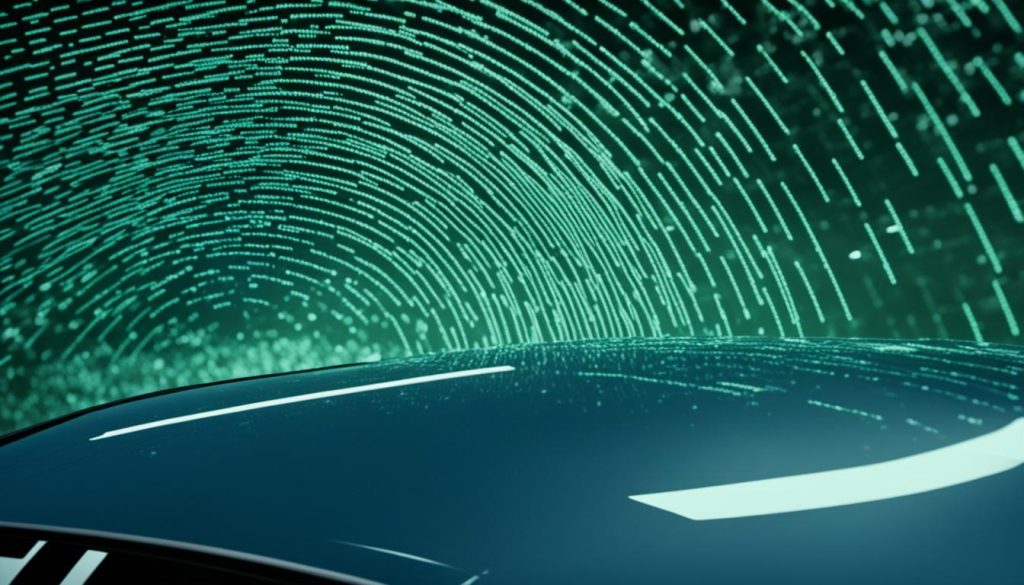
One crucial factor in police radar operation is radar signal reflection. The radar waves emitted by the radar gun can bounce off surrounding objects such as buildings, vegetation, or even other vehicles. This reflection can make it more challenging for radar detectors to identify the radar signal accurately. Additionally, the presence of reflective objects can affect the accuracy of the radar gun’s speed measurement, leading to potential discrepancies in reported speeds.
It is important to note that radar detectors are legal in many jurisdictions but can serve as a warning system for drivers to detect the presence of radar signals. However, radar jammers, devices that interfere with radar signals, are illegal in most places and can lead to severe penalties.
Understanding how police radar operates provides valuable insights into its functionalities and limitations. By being aware of the different modes of operation and the potential impact of radar signal reflection, both law enforcement officers and drivers can navigate the roads safely and responsibly.
The Types of Police Radar Devices
When it comes to enforcing speed limits, law enforcement agencies utilize various types of police radar devices. These devices are designed to accurately measure the speed of vehicles on the road, ensuring road safety. In this section, we will explore two common types of police radar devices: hand-held radar guns and radar units mounted on patrol cars.
Hand-held Radar Guns
Hand-held radar guns are portable devices commonly used by officers on foot or in stationary positions. These radar guns allow officers to easily measure the speed of a target vehicle by pointing the device directly at it. Hand-held radar guns are lightweight and compact, making them convenient to carry and operate. They provide accurate speed readings and are particularly useful in situations where mobility is essential.
Radar Units Mounted on Patrol Cars
Another type of police radar device commonly used is radar units mounted on patrol cars. These radar units are installed on the exterior of the patrol car and can be used in both stationary and moving modes. When a patrol car is in motion, the radar unit detects the speed of vehicles in its vicinity. This allows officers to monitor the speeds of multiple vehicles and enforce speed limits effectively. Radar units mounted on patrol cars play a crucial role in ensuring road safety by providing real-time speed information to officers on the move.
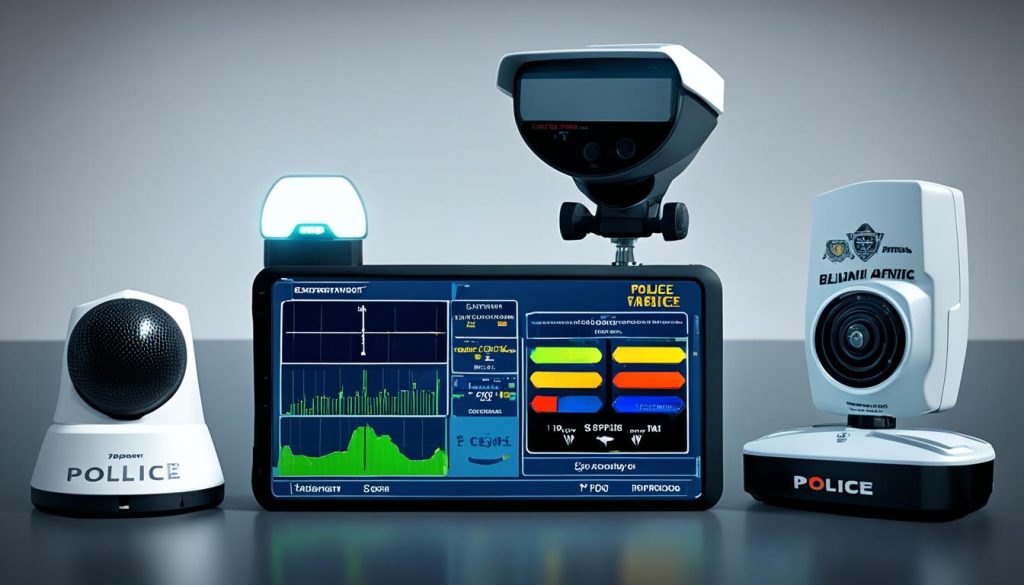
| Radar Device | Usage |
|---|---|
| Hand-held Radar Guns | Used by officers on foot or in stationary positions |
| Radar Units Mounted on Patrol Cars | Used in both stationary and moving modes by officers on patrol |
Radar Speed Measurement and Accuracy
Radar speed measurement is a widely used method for enforcing speed limits and ensuring road safety. By utilizing radar technology, police officers can accurately measure the speed of vehicles on the road. This section will explore how speed measurement by radar works and the factors that can affect its accuracy.
Speed measurement by radar is based on the well-known principle called the Doppler effect. When a radar gun emits radio waves towards a moving vehicle, the waves bounce off the vehicle and return to the radar receiver. As the vehicle is in motion, the frequency of the returning waves is slightly shifted due to the Doppler effect.
By analyzing these frequency shifts, radar guns can accurately calculate the speed of the targeted vehicle. The radar gun takes into account the change in frequency and uses it to determine the speed at which the vehicle is moving. This method is widely recognized for its effectiveness in capturing accurate speed measurements.
However, it’s important to note that the accuracy of radar guns can be influenced by various factors. Weather conditions such as heavy rain, fog, or extreme temperatures can affect the performance of radar waves, leading to potential measurement errors. Additionally, the presence of other reflective objects in the environment, such as nearby buildings or foliage, can interfere with the radar signals and impact accuracy.
Another crucial element in ensuring accurate speed measurements is the skill of the operator using the radar gun. Proper procedures and guidelines should be followed to minimize errors and ensure accurate enforcement actions. Regular calibration and maintenance of radar equipment also play a vital role in maintaining accuracy.
In conclusion, while radar speed measurement is a reliable method for enforcing speed limits, the accuracy of radar guns can be influenced by various factors. Understanding these factors and implementing best practices can help law enforcement agencies ensure accurate speed measurements and promote road safety.
| Factors Affecting Radar Accuracy |
|---|
| Weather conditions |
| Presence of other reflective objects |
| Skill of the radar operator |
Police Radar and Multiple Vehicles
Police radar technology has advanced significantly over the years, allowing law enforcement officers to measure the speeds of multiple vehicles, even those coming from both directions. With the ability to detect and track each vehicle separately, modern radar guns provide accurate speed readings in diverse traffic scenarios.
When multiple vehicles are present, the radar beam can identify and display the speeds of each vehicle individually. Radar guns are designed to track the fastest vehicle among the multiple targets, ensuring accurate enforcement actions.
However, it’s crucial for officers to visually confirm the speed readings to avoid any discrepancies or errors. This visual confirmation ensures that the selected vehicle’s speed is accurately measured and appropriate enforcement actions are taken.
Overall, police radar is a powerful tool that enables officers to measure the speeds of vehicles coming from both directions and track multiple vehicles simultaneously. This capability enhances road safety by allowing law enforcement to effectively enforce speed limits and promote responsible driving behaviors.
Discover more about how police radar is utilized and its impact on speed enforcement in the following sections.
| Benefits of Police Radar for Multiple Vehicles | Considerations for Accurate Speed Measurement |
|---|---|
| 1. Enhanced safety on roads by detecting speeding vehicles from both directions. | 1. Visual confirmation of speed readings to ensure accuracy and avoid errors. |
| 2. Efficient enforcement of speed limits in high-traffic areas. | 2. Proper training and adherence to guidelines by officers operating radar guns. |
| 3. Ability to track and display the speed of the fastest vehicle among multiple targets. | 3. Awareness of environmental factors that may affect radar accuracy, such as weather conditions and reflective objects. |
| 4. Promotes responsible driving by deterrence and enforcement actions. | 4. Ongoing technological advancements to improve radar accuracy and performance. |
POP Radar and its Use
POP radar is a special mode of radar operation that allows for quick speed measurements in a short burst of radar transmission. It is primarily used as a tool for officers to obtain a speed reading in situations where immediate enforcement action is required. POP radar is not commonly used and its usage varies by state. Some states, such as New Jersey, permit the use of POP radar by state troopers.
Radar Detector and Speeding Ticket Avoidance
Radar detectors can be a useful tool for drivers who want to avoid getting speeding tickets. These devices are designed to detect the presence of radar signals used by law enforcement to measure vehicle speed. By alerting drivers to the presence of radar, they provide an opportunity to adjust their speed and avoid detection.
It’s important to note, however, that using radar jammers to interfere with radar signals is illegal in most jurisdictions. Radar jammers are devices that intentionally disrupt radar signals, making it difficult for law enforcement to accurately measure a vehicle’s speed. Instead, drivers should focus on legal methods to avoid radar speeding tickets.
To avoid radar speeding tickets, drivers can use radar detectors in conjunction with responsible driving habits. When a radar signal is detected, the driver can quickly assess their speed and adjust accordingly. It’s also important to maintain awareness of the surrounding environment and be mindful of speed limits.
While radar detectors can be effective in detecting radar signals, their effectiveness may vary depending on factors such as the quality of the detector and the specific radar technology used by law enforcement. It’s important to research and choose a radar detector that is known for its accuracy and reliability. Additionally, drivers should stay informed about the latest radar technology and understand its limitations.
- Canada Arrest Protocol: What Police Say Upon Arrest - June 12, 2025
- Can Police Disclose Who Reported You? Find Out Here - June 6, 2025
- 2025 Window Rebates Ontario: How to Save Money While Replacing Windows and Doors - April 24, 2025
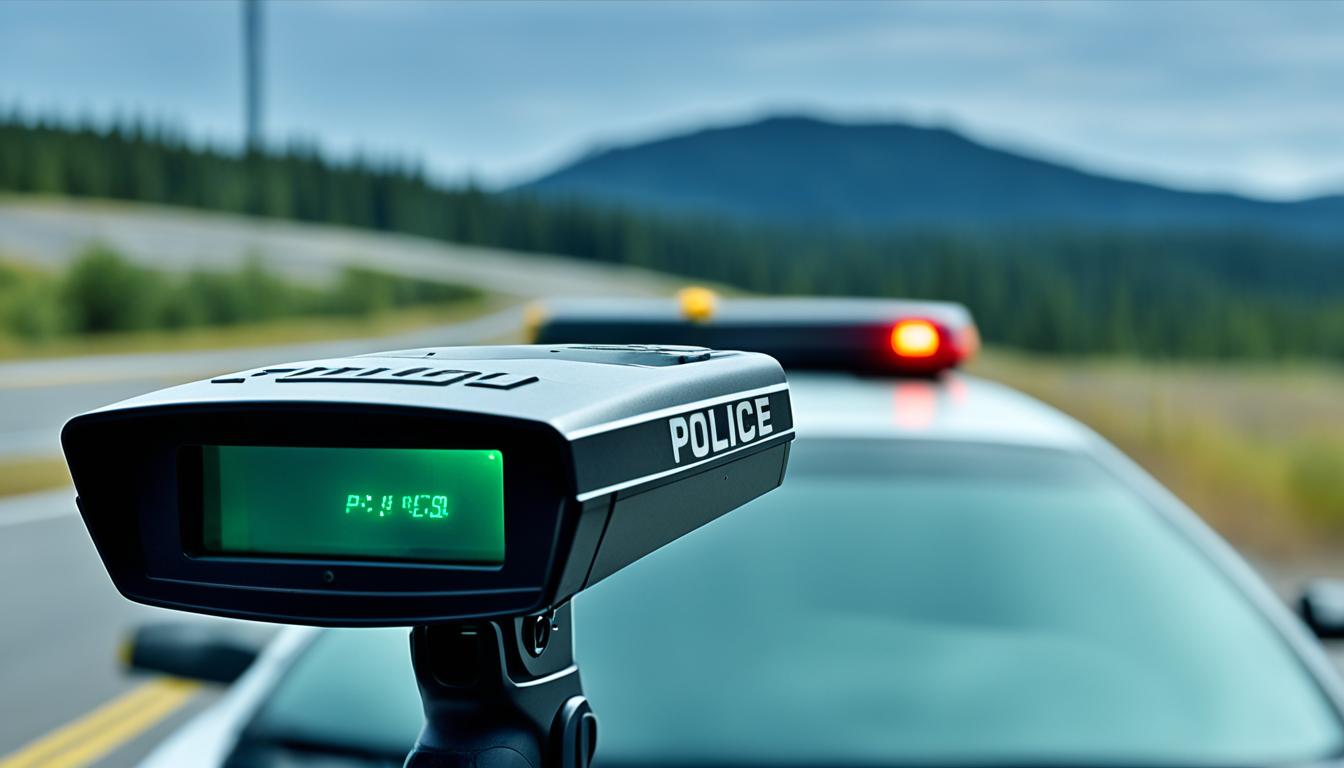

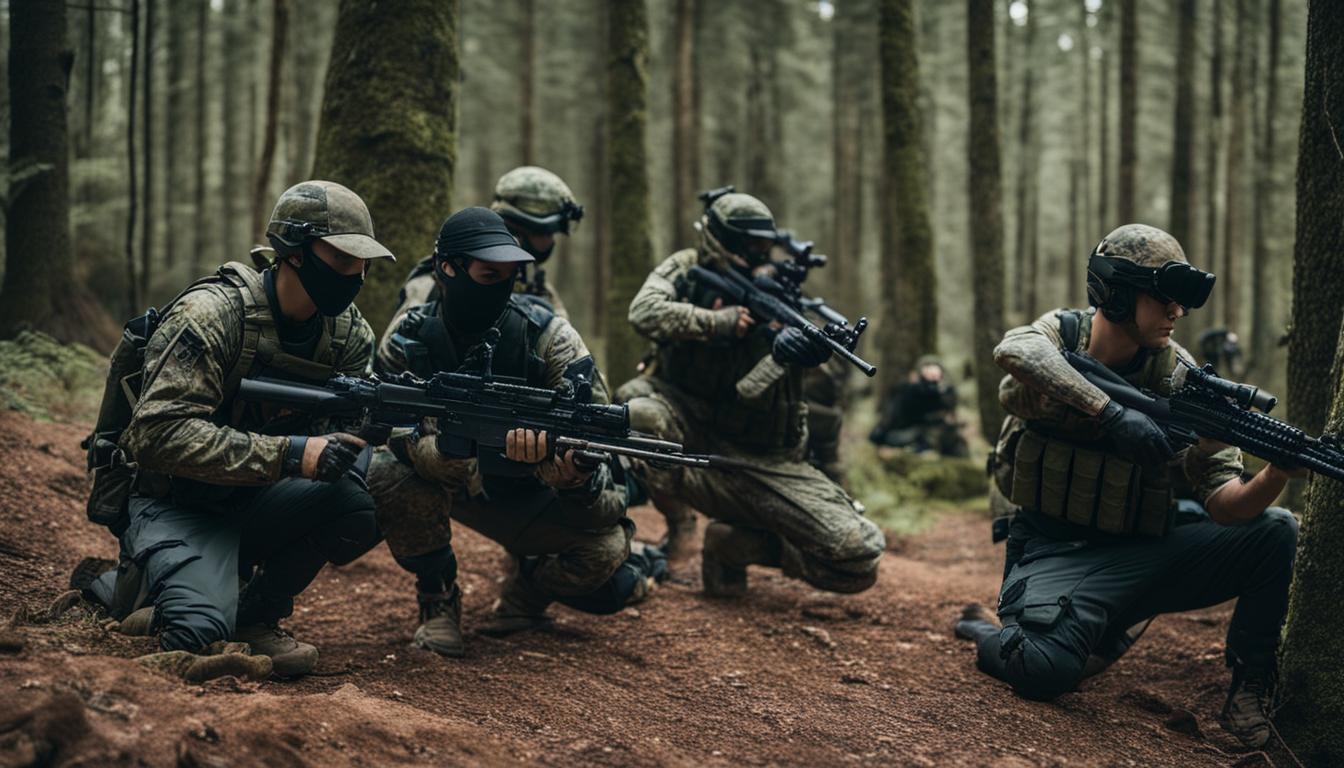
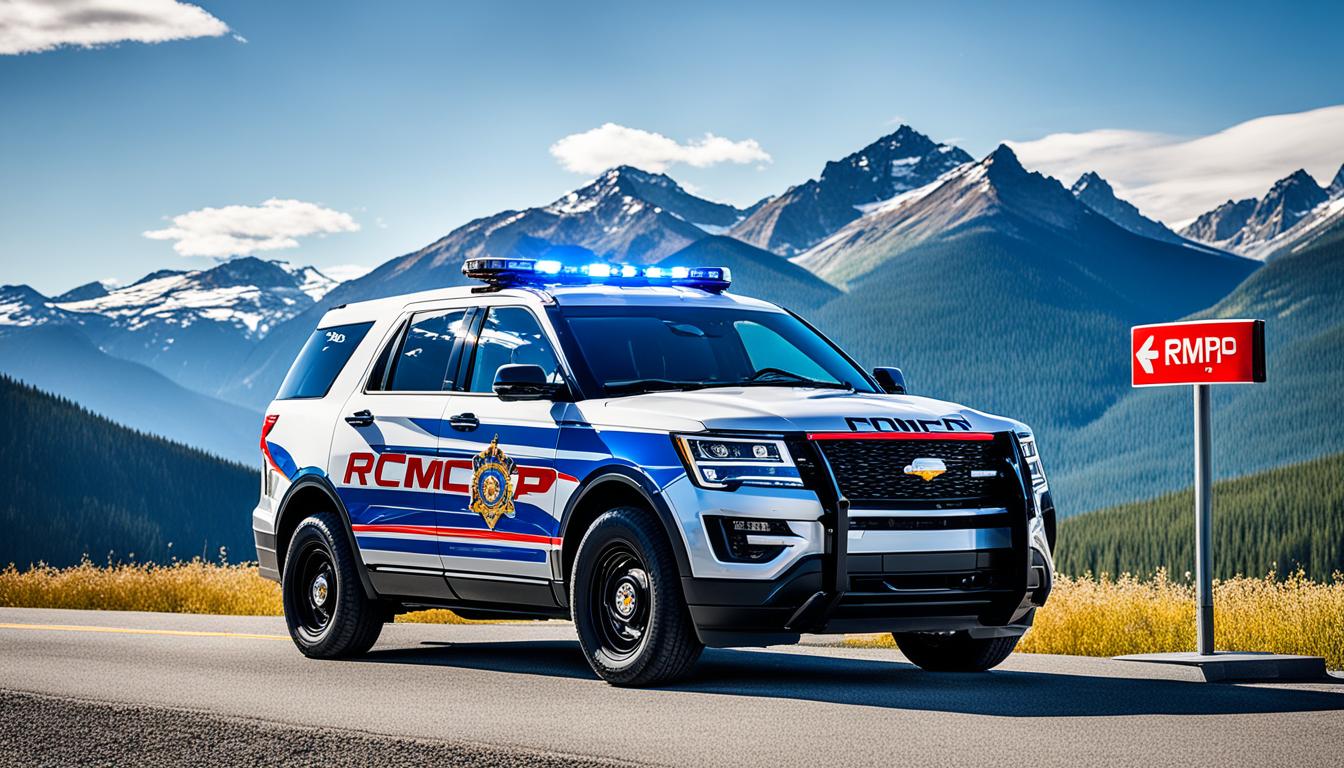
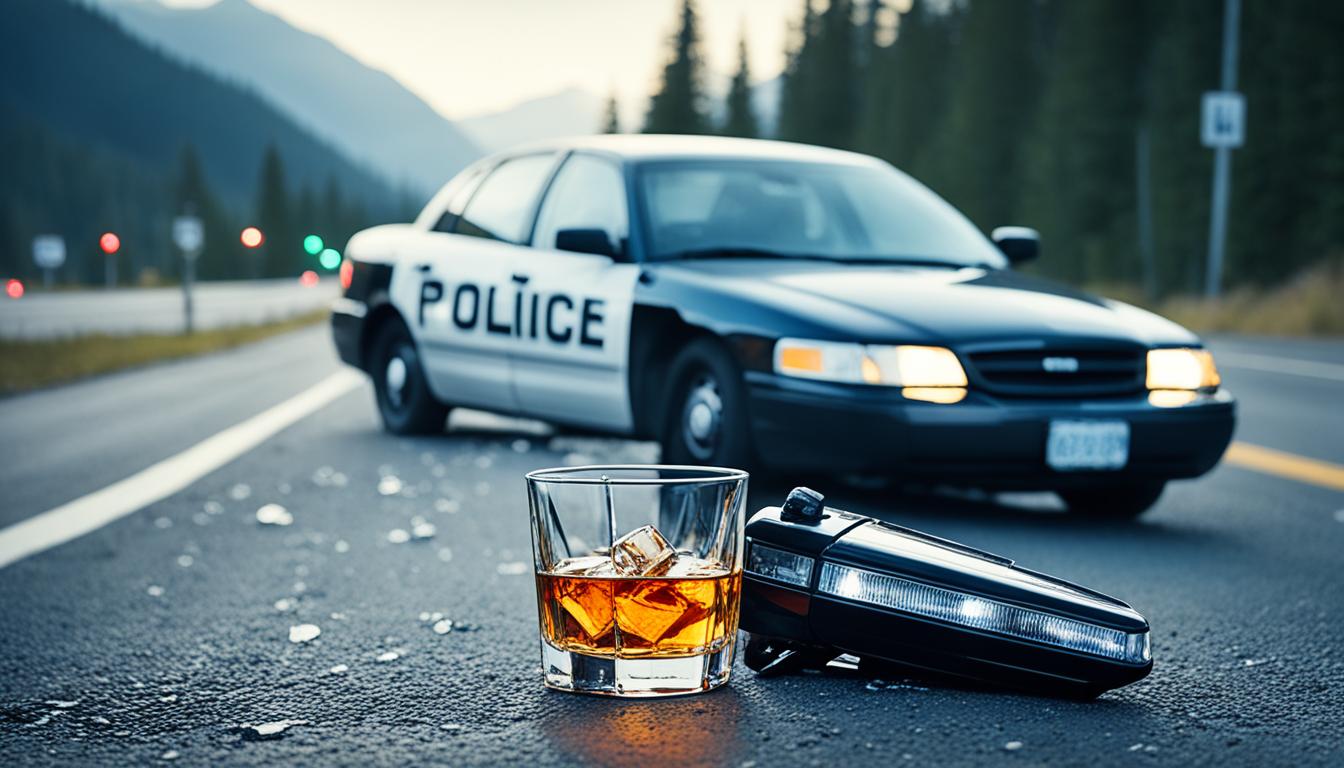
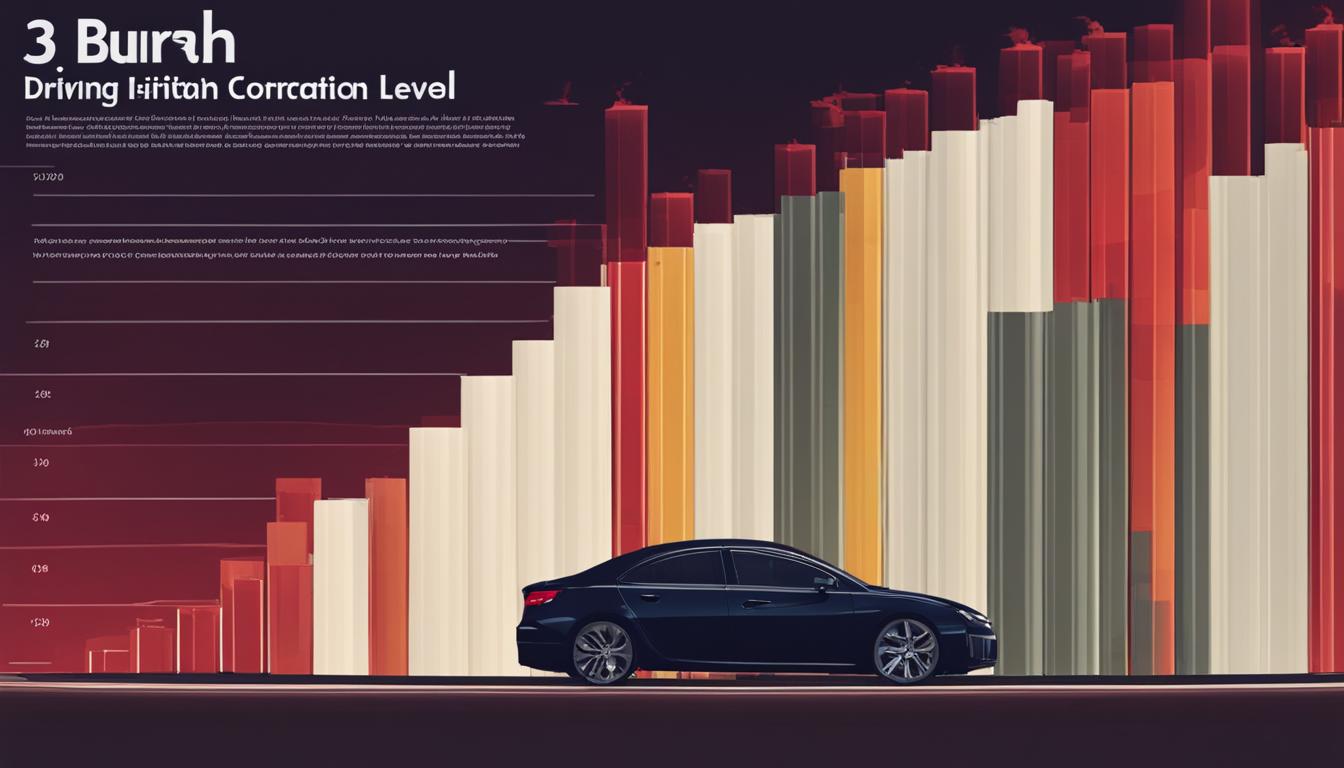


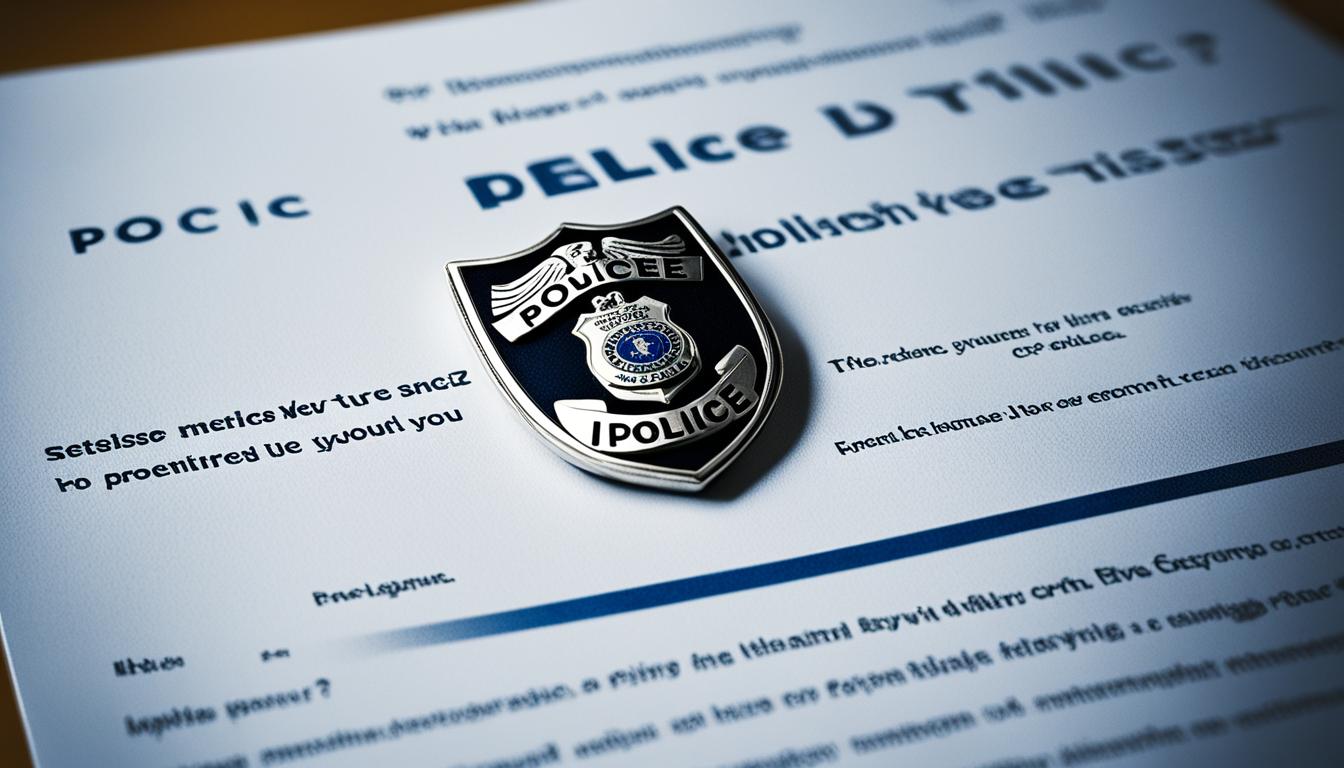


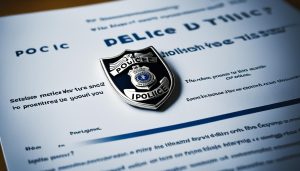







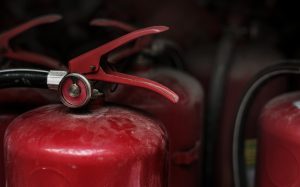
Post Comment